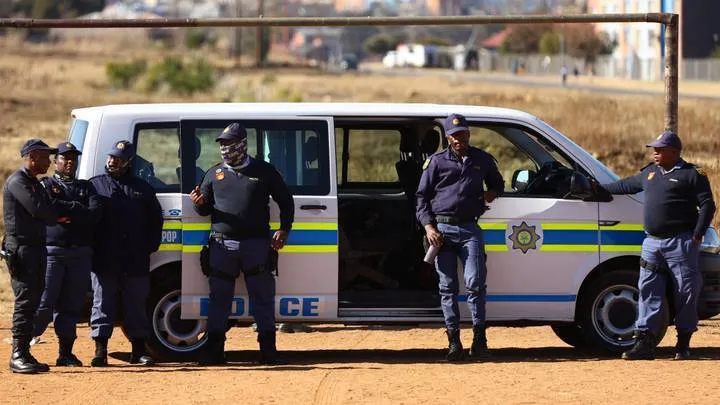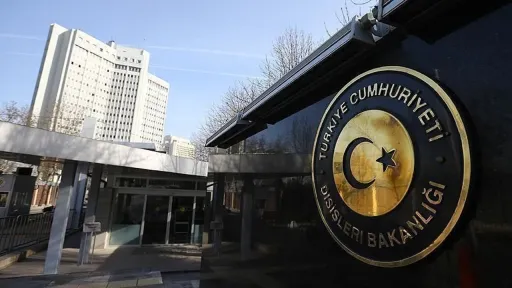Four people were reportedly killed and dozens injured on Thursday in Kenya when police fired and lobbed tear gas to disperse thousands of mourners during the public viewing of former Prime Minister Raila Odinga’s body.
Authorities reportedly confirmed the casualties to the media on Thursday, indicating that the deaths occurred as panic broke out when crowds pushed through security barriers at Kasarani Stadium, about 12 kilometres northeast of central Nairobi.
Witnesses said the sharp bursts of gunfire, also captured on the Kenyan presidency’s live feed on X social network, and YouTube, scattered thousands, with several people trampled.
Police said they fired in the air to control surging crowds attempting to force their way into the stadium’s main stand.
Authorities say crowd overwhelmed security
Authorities said the crowd overwhelmed security barriers as emotions ran high because of the death of the veteran opposition leader, who died on Wednesday in Kerala, India, following a cardiac arrest during treatment at an Ayurvedic hospital.
President William Ruto has declared Friday a public holiday in Odinga’s honour, with burial scheduled for Sunday at his family home in Bondo, 420 kilometres west of Nairobi.
Thousands of mourners stormed Jomo Kenyatta International Airport (JKIA) earlier to witness the arrival of Odinga’s body.
Many climbed the boarding stairs and into stationary planes, including the cockpit, to catch a glimpse of the Kenya Airways aircraft that ferried the remains.
Flights temporarily suspended
The Kenya Airports Authority (KAA) temporarily suspended flights as crowds overwhelmed the runway and terminal areas.
Thousands of mourners lined major highways, waving branches and twigs, a symbolic act of mourning in Odinga’s Luo community from Western Kenya, where the gesture represents unity and collective grief, as his convoy made its slow journey from the airport to the capital.
Police have increased patrols around Nairobi as thousands continue to gather at public venues, with mourners lighting candles and singing liberation songs that marked Odinga’s decades-long fight for democracy.
























